One More Step to Go!
We have also sent a verification link to your email ID:
qabuyer@droom.in
Please verify your email account
The Tigor is the model that will become Tata’s mainstay in the compact sedan range. The company’s erstwhile but slow-selling Zest will now be targeted at the taxi market, while the Indigo eCS will slowly be discontinued.
On the outside
When you look at the car from the front, you’ll notice the Tigor’s headlights use projector lenses and have new detailing. There’s a new chrome lip atop that familiar grille (in the diesel car). The company has added new chrome lining for the lower portion of the glasshouse, just to give it that premium feel. The sedan sits on a wheelbase that’s 50mm longer, uses different rear doors from the Tiago (the Tigor is the compact sedan version of the Tiago hatch) and has a unique window line with an upward kink at the rear quarter glass. What really makes the car stand out though is its coupé-like stance. The swooping roof and distinctive tail section make the Tigor look far removed from all other compact sedans that are hatchbacks with a boot strapped onto the back. The car’s shape is attractive and sure to be a big draw.
The smart tail-lamps, chunky bar of chrome above the number plate and a black plastic strip low down on the bumper are neat touches to the design at the rear. The blacked-out lip (home to a strip of LEDs) above the rear windscreen is another addition - it’s the end-point for a neatly hidden hump in the roof that’s been incorporated to free up headroom in the back. Care has been taken to ensure maximum boot space too – it’s a sizeable 419 litres.
On the inside
So, what’s it like once you enter the cabin? The Tigor shares its dashboard with the hatchback. There’s a nice textured finish to the dash top, the chunky steering is great to hold, the knitted roof lining looks premium and Tata has even put fabric inserts on the doors to add a bit of richness. But fit and finish is still not at the same level as Hyundai, but it’s a step in the right direction. The revised centre console is home to a new touchscreen infotainment system and automatic climate control dials. True to Tata’s DNA, the Tigor’s cabin is spacious and comfort is good too. The front seats are large, and though cushioning is a touch soft, they do offer good support. Importantly, since the dash is low set, visibility out of the windscreen is great. Rear seat passengers will also like the view out from the large rear windows.
Tata has lowered the position of the Tigor’s rear seat to free up headroom - even six-foot tall occupants will be able to sit upright without their heads touching the roof. Clever scoops on the front seatbacks have also helped carve out a good deal of knee room. The rear backrest is a tad too reclined but, on the whole, you sit quite comfortably. Interestingly, the backrest extends from door to door, allowing the entire width of the cabin to be used. Three adults can sit three abreast in more comfort than most other compact sedans. You also have the option to fold down the well-positioned rear centre armrest when the middle seat is not in use.
The Tigor also gets auto climate control, a reverse camera and a new touchscreen infotainment system over and above what’s on offer in the Tiago. The touchscreen is a development of the Harman-developed unit that you’ll also find on other Tatas. It has a suite of mobile apps that you can use - the screen can display navigation maps and instructions from your phone app, and there’s another app that allows each passenger in the car to add songs from their device (via mobile hotspot) to a playlist on the phone paired with the audio player. Sound quality from the four-speaker, four-tweeter setup is really nice. The infotainment system is quite responsive to voice commands, especially for radio, audio and climate control settings. The cabin has a lot of cubbyholes too.
From behind the wheel
The Tigor will be offered with a 1.05-litre, three-cylinder diesel engine and a 1.2-litre, three-cylinder petrol engine, just like its hatchback sibling. Both engines come mated to five-speed gearboxes. The diesel engine makes 70hp of power and 140Nm of torque, figures which are quite low by segment standards - the diesel engine feels adequate, but is nothing to write home about. Performance in traffic is decent, but when you want to overtake, you’ll miss that mid-range surge that’s typical from even small turbo-diesels. You need to downshift fairly often if you’re driving quick. Out on the highway too, you will often be left wanting for power. The diesel engine is slightly noisy. The gearbox works smoothly and the clutch is reasonably light too.
City buyers may prefer the petrol Tigor. It uses the same engine as the one on the Tiago but a mildly tweaked version. The engine feels far nicer than it does in the Tiago. Vibrations are significantly reduced and power delivery is noticeably smoother than the petrol Tiago. Fairly smooth gearshifts and the light clutch also help ease the driving experience. Still, the 85hp engine does little to excite.
Both Tigors offer drive modes with ‘City’ being the default setting and an ‘Eco’ setting to enhance fuel economy. The company has not revealed fuel economy figures for the Tigor so far. Irrespective of which version of the Tigor you drive, you are sure to like the car for its ride and handling. Both three-cylinder petrol and diesel engines offer adequate performance but no more. Neither engine is exciting.
Tata’s newer models have scored well for ride comfort and the Tigor is no different. The suspension ably deals with the bumps and lumps, with the chunky tyres further absorbing smaller imperfections well.
Is it worth the money?
What’s clear is that the Tigor is not just a Tiago with a boot. It’s got a different vibe and that’s all thanks to the way it looks. It is an attractive car and has a certain visual appeal that the typical compact sedan doesn’t have. The petrol and the diesel engine could have done with more power. However, Tata is positioning it under the Zest, which by extension means it will be priced significantly lower than compact sedans like the Maruti Swift Dzire, Honda Amaze, Hyundai Xcent, Ford Figo Aspire and Volkswagen Ameo. Tata is said to be looking at an aggressive price tag for the Tigor with prices likely to range from Rs 4 lakh (estimated, ex-showroom, Delhi) for the base petrol to Rs 6.5 lakh for the top-spec diesel. So, in essence, the Tigor is entering a category where it has no comparable rival.
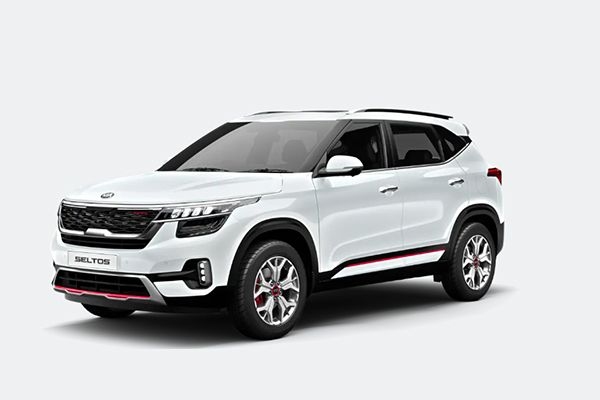
Kia recently unveiled the 2023 Seltos facelift in India, and the bookings for the updated model will start on July 14.
Read More
We drove the Hyundai i20 N Line recently to find out whether it really delivers a sporty experience?
Read More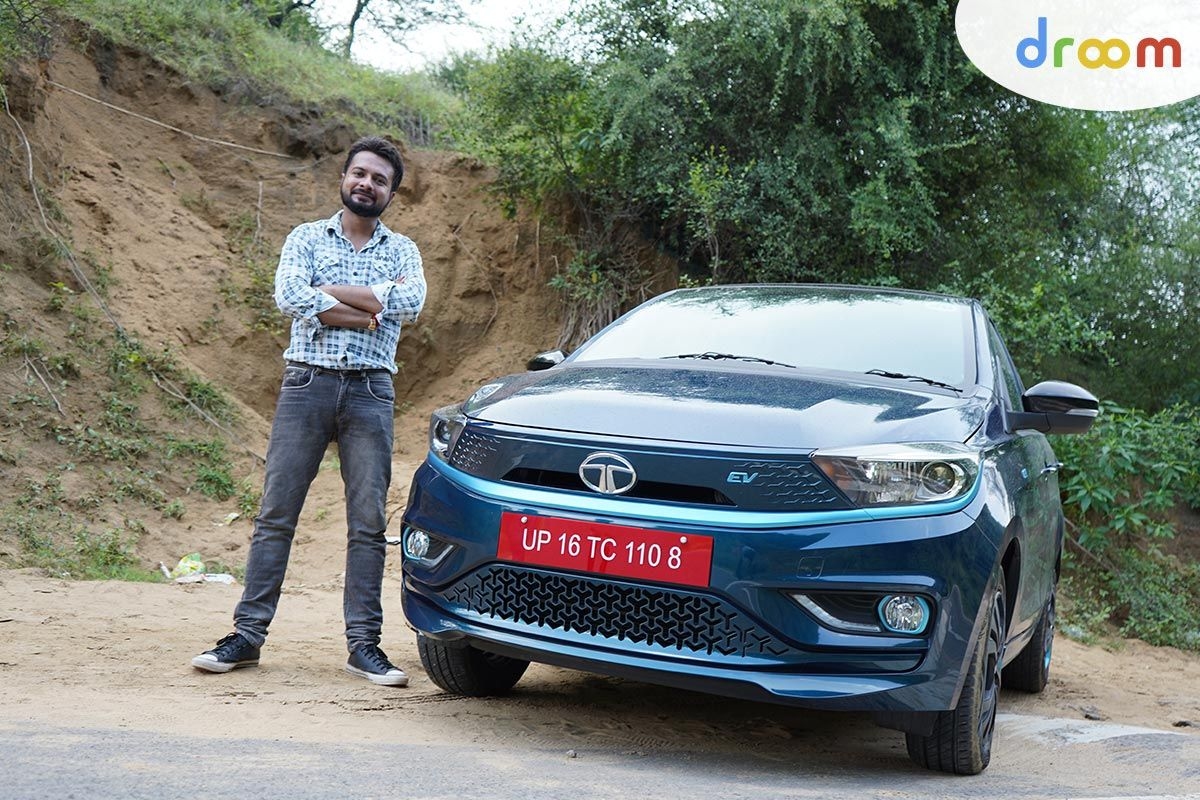
We recently took the Tigor EV out for a spin and we gathered interesting information about it
Read More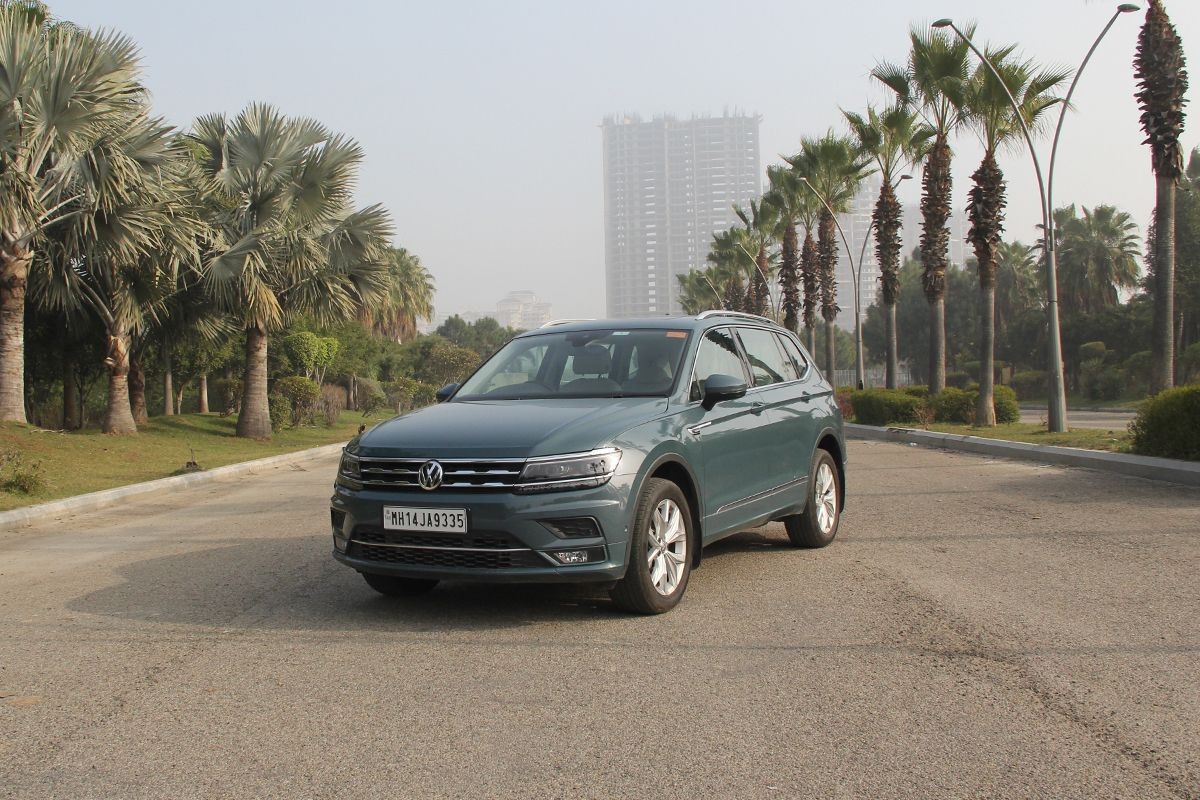
Introduced last year at the Delhi Auto Expo, Volkswagen Tiguan All-Space aims to offer more room and an additional row of seats. Can it manage to take away a few chunks from the full-grown SUV pie is what we are here to find?
Read More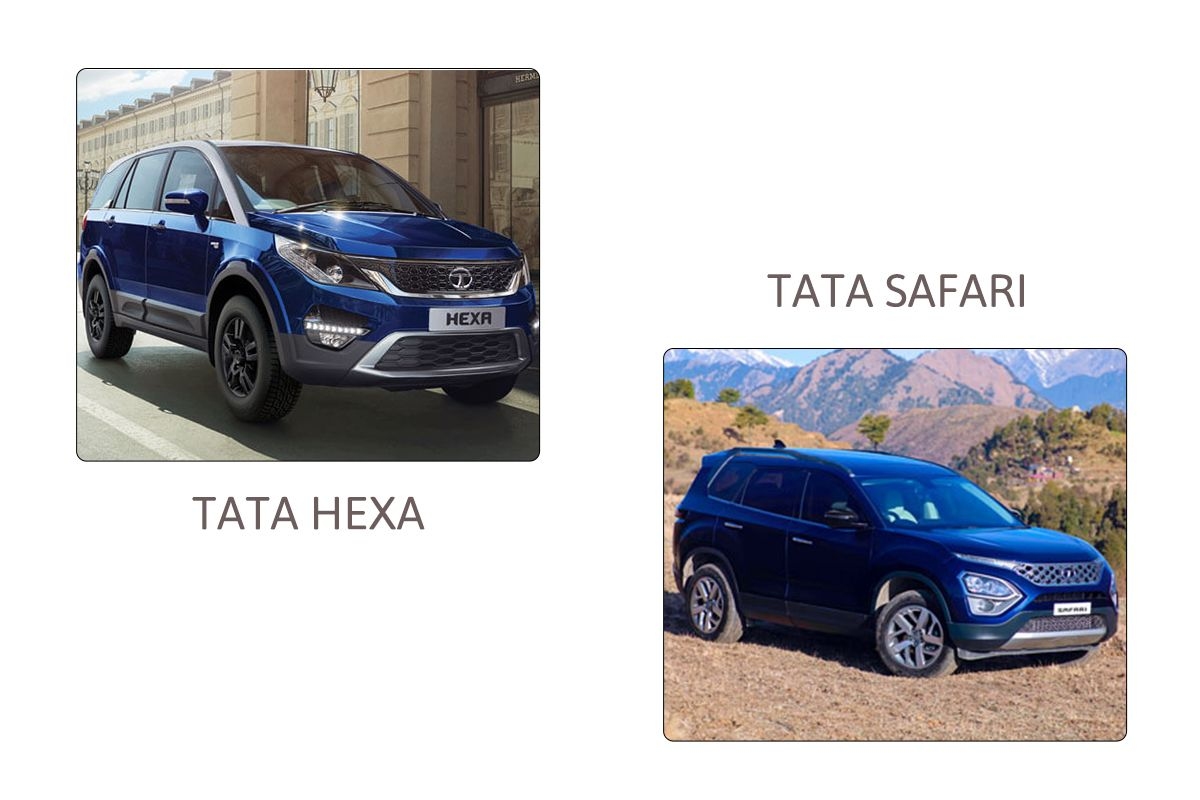
New Tata Safari or Used Tata Hexa: Price, Variants, Features & Engine Specifications
Read More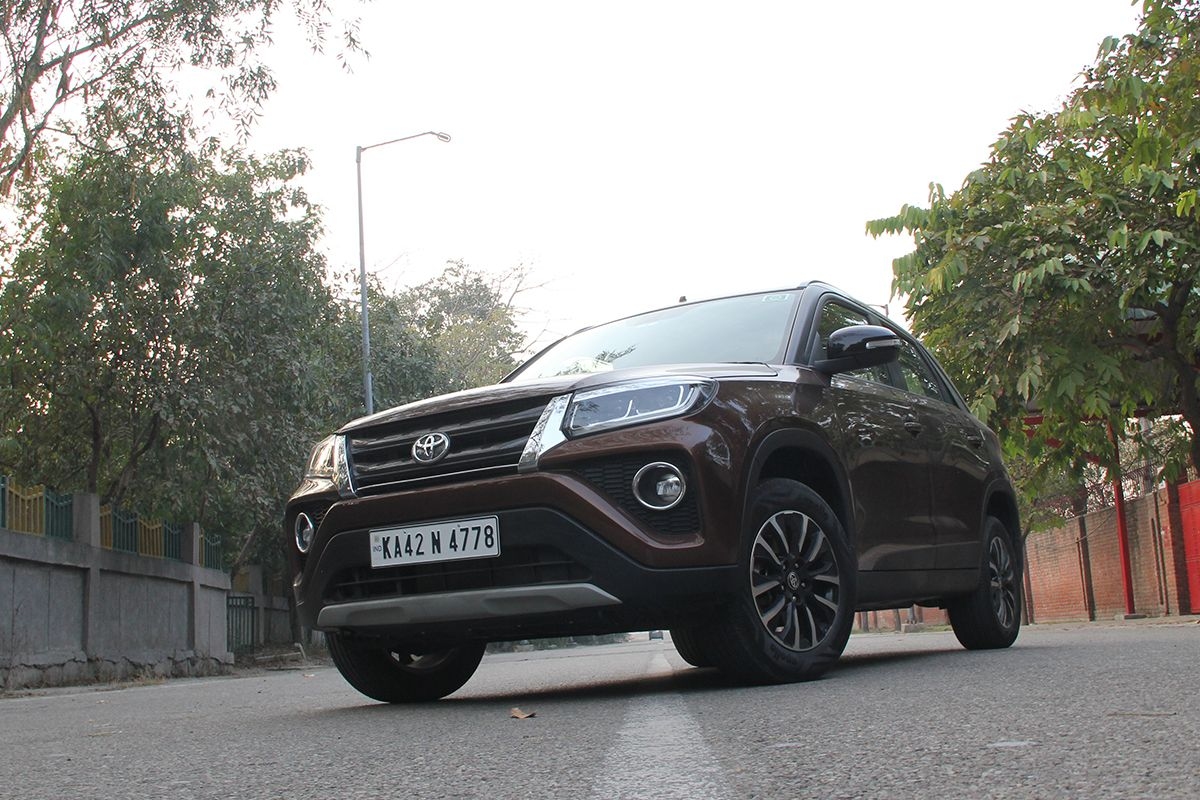
Toyota Kirloskar Motors last year entered the subcompact SUV space with the Urban Cruiser. What is this new model all about, let us find out?
Read More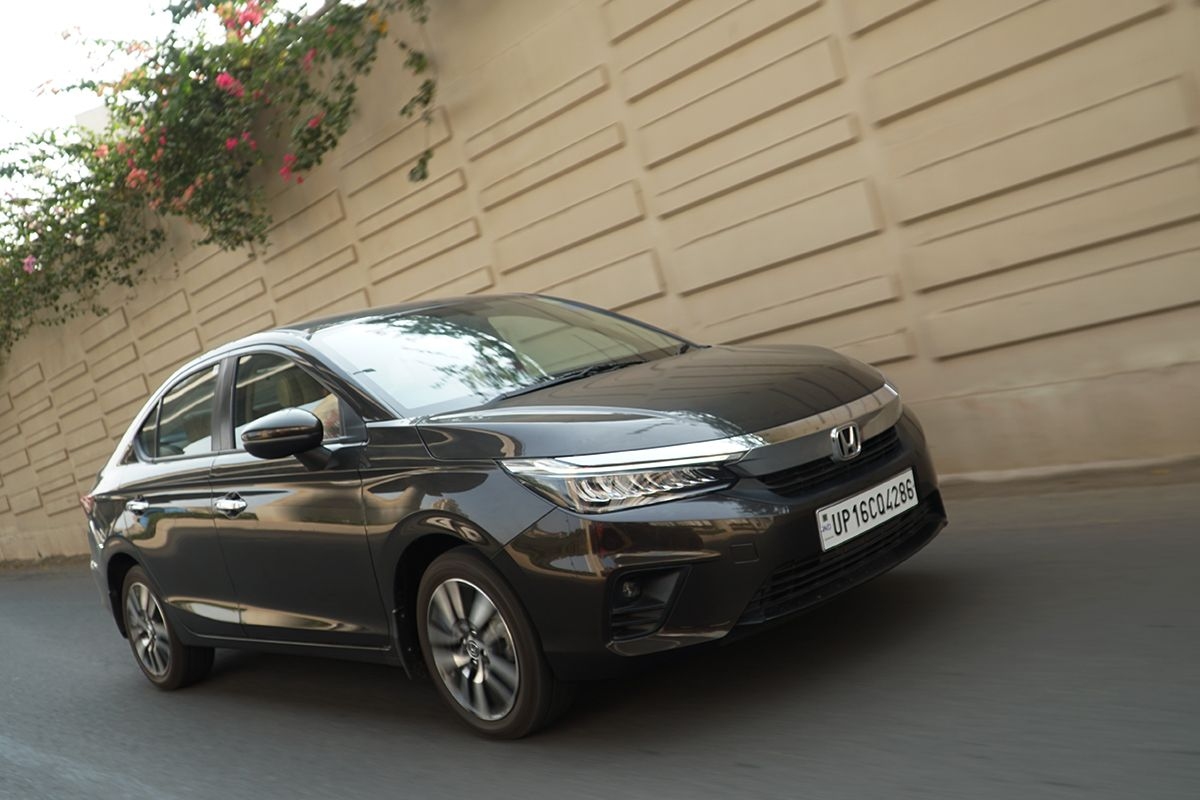
The Honda City, since its inception back in 1998, has enjoyed the popularity like no other mid-size sedan in its segment. With the introduction of the 5th Generation City, can Honda be able to set a higher benchmark for its most beloved sedan we try to find out.
Read More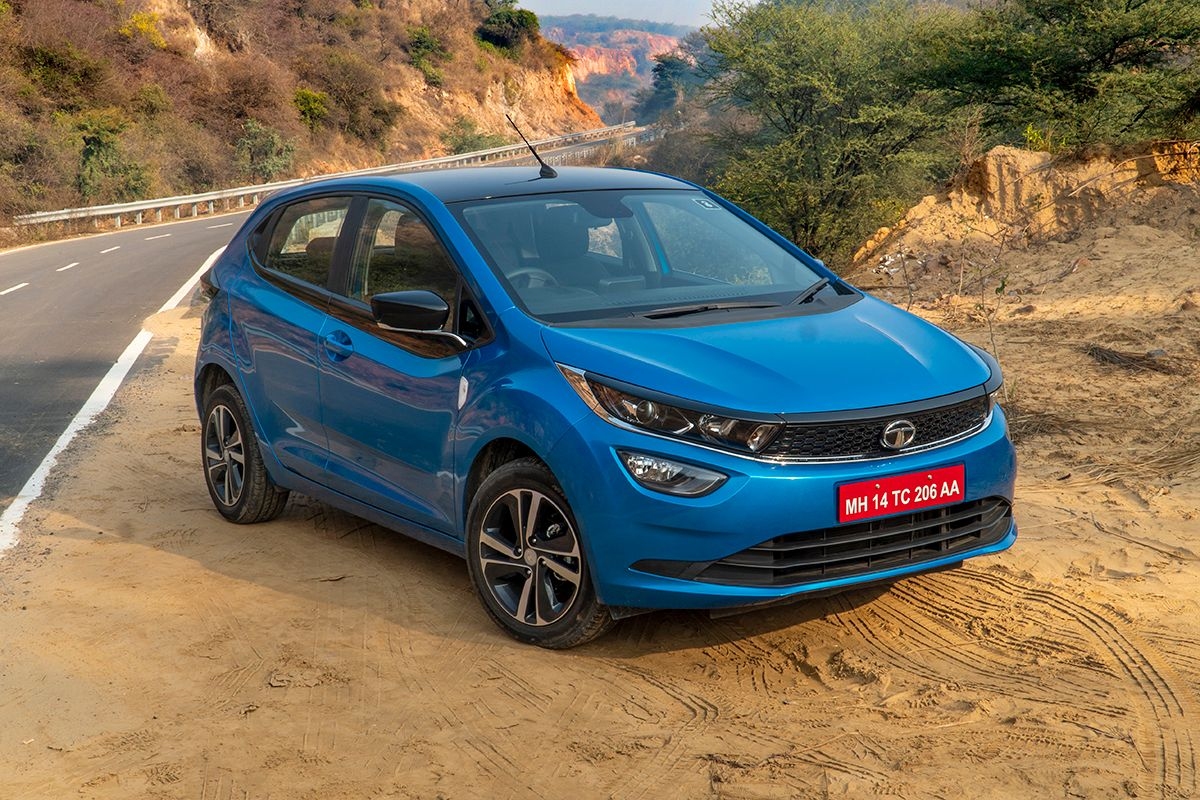
On the eve of its first Anniversary, Tata Motors has given the Altroz a boost in the form of a turbo charged petrol engine. We drive it to find out how much of a thrill does it provide against its rivals.
Read More
One of the best-selling models for BMW world over, the 3 Series will now offer customers that extra bit of comfort due to its extended wheelbase.
Read More
Jeep had launched the Compass way back in 2017. Since then it has been the best-selling model for the company in India. A couple of days back, Jeep India unveiled the facelifted version of Compass in the country. The SUV made its global debut in November last year.
Read More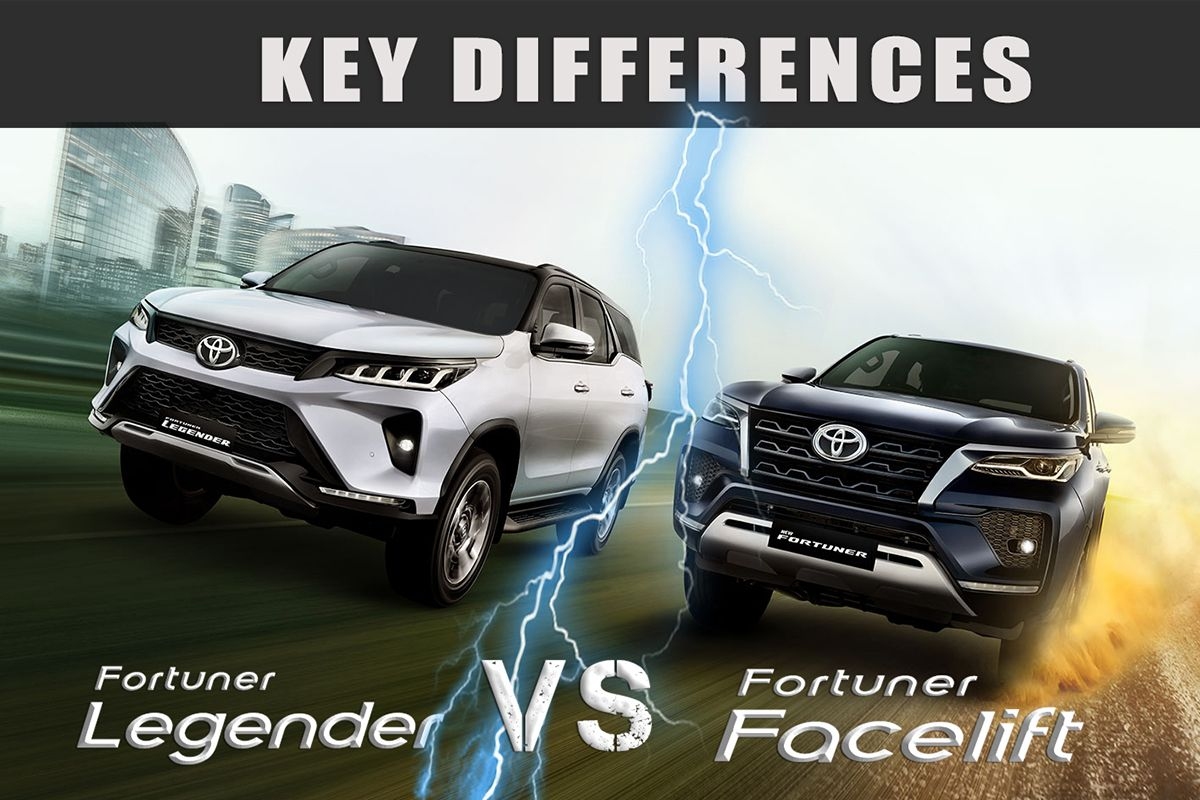
Toyota Fortuner facelift price begins from Rs 29.98 Lakhs while the Legender variant is priced at Rs 37.58 Lakhs
Read More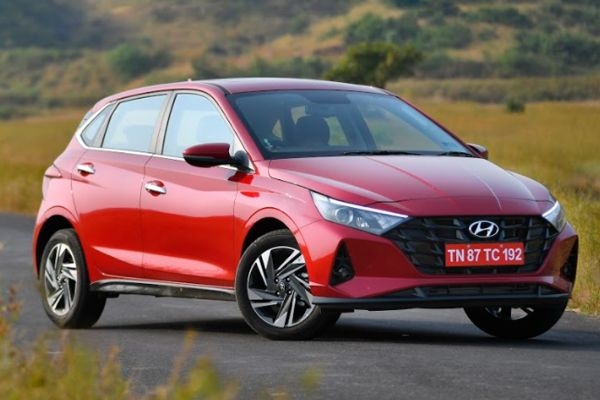
A pioneer of the premium hatchback segment, the Hyundai i20 has been given a complete makeover. Can the all-new version of the people's car prove its mettle once again, let us find out?
Read More